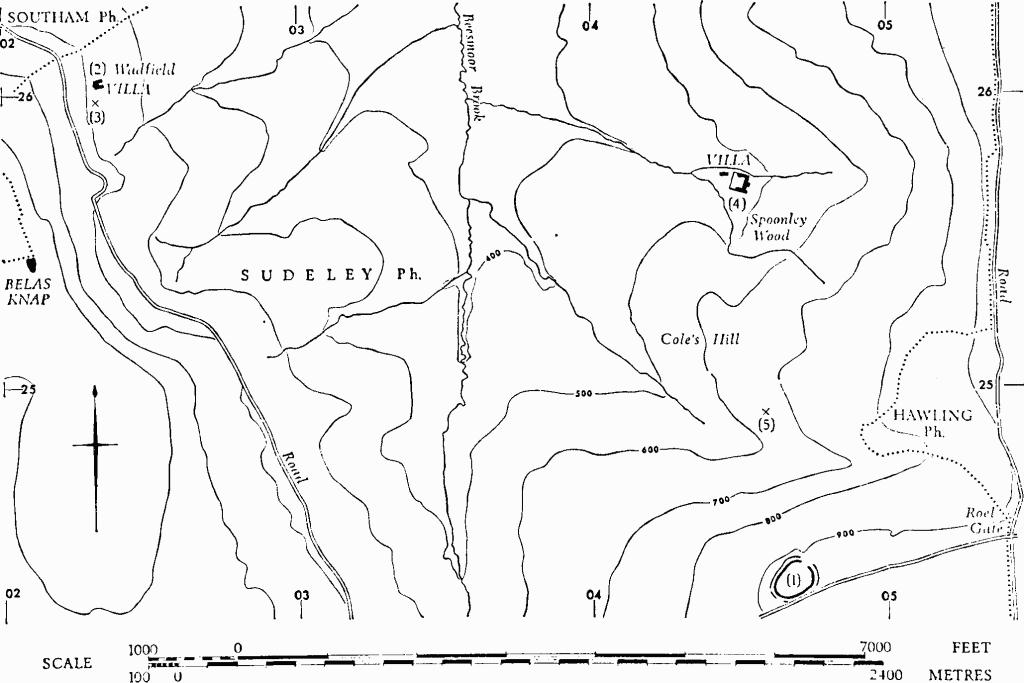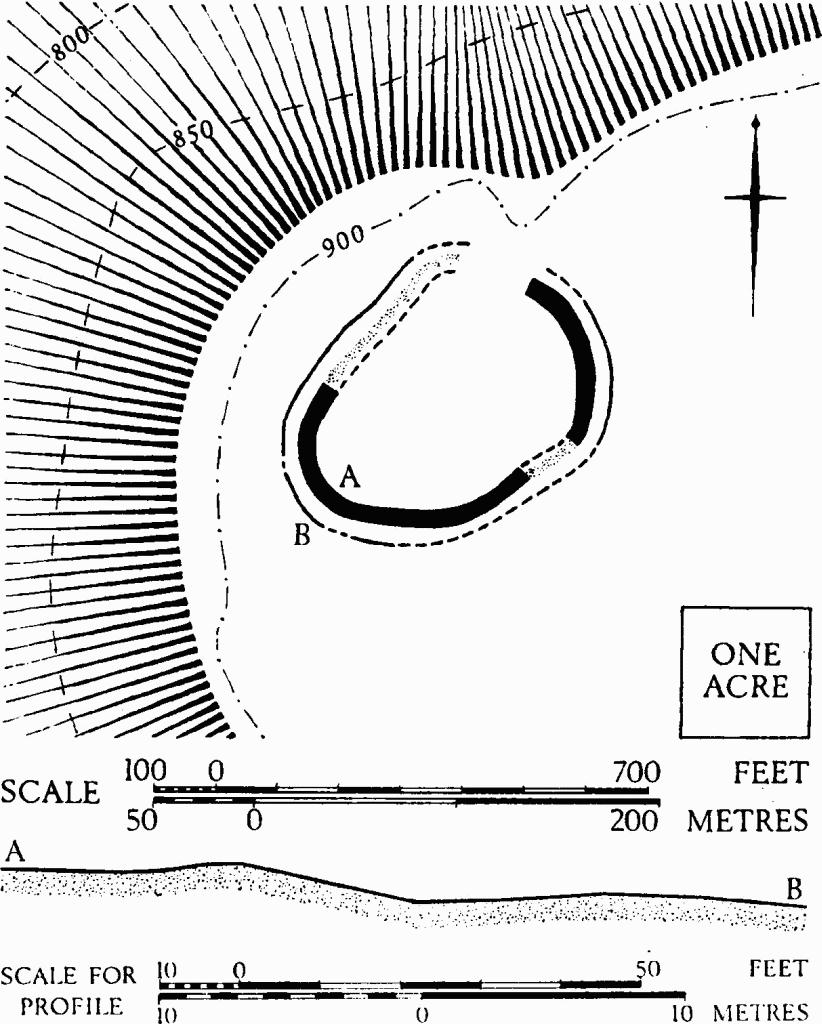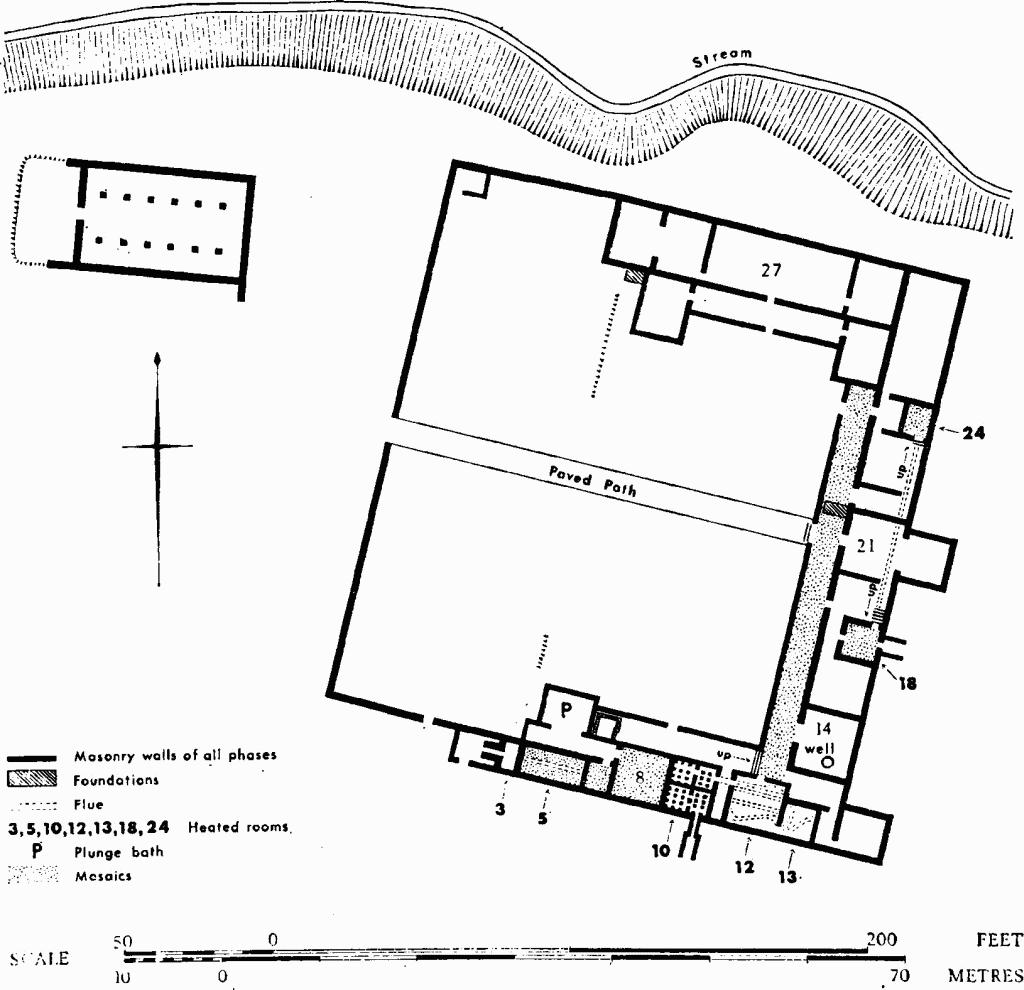Ancient and Historical Monuments in the County of Gloucester Iron Age and Romano-British Monuments in the Gloucestershire Cotswolds. Originally published by Her Majesty's Stationery Office, London, 1976.
This free content was digitised by double rekeying. All rights reserved.
'Sudeley', in Ancient and Historical Monuments in the County of Gloucester Iron Age and Romano-British Monuments in the Gloucestershire Cotswolds(London, 1976), British History Online https://prod.british-history.ac.uk/rchme/ancient-glos/pp112-115 [accessed 13 April 2025].
'Sudeley', in Ancient and Historical Monuments in the County of Gloucester Iron Age and Romano-British Monuments in the Gloucestershire Cotswolds(London, 1976), British History Online, accessed April 13, 2025, https://prod.british-history.ac.uk/rchme/ancient-glos/pp112-115.
"Sudeley". Ancient and Historical Monuments in the County of Gloucester Iron Age and Romano-British Monuments in the Gloucestershire Cotswolds. (London, 1976), British History Online. Web. 13 April 2025. https://prod.british-history.ac.uk/rchme/ancient-glos/pp112-115.
SUDELEY
(14 miles N. of Cirencester)
Romano-British activity about the Neolithic long barrow of Belas Knap is attested by finds including five coins of the 3rd and 4th centuries and samian and other pottery. (fn. 1) An enamelled harness mount, a La Tène I brooch and Romano-British finds have been reported from places not precisely located. Tesserae came from the garden of 'Sudeley Lanes Farm', possibly Lane's Barn (SP 038268), and from a field opposite 'Keeper's Lodge', probably that at SP 042275 about a mile N. of the Spoonley Wood villa (4). (fn. 2) A marble statuette of Bacchus comes from a grave in a field adjacent to Spoonley Wood and therefore near the same villa. (fn. 3) A scatter of diverse finds is reported from arable fields belonging to Spoonley Farm. (fn. 4) A collection of coins at Sudeley Castle includes examples, unspecified, excavated at Wadfield (2) and Spoonley Wood (4). (fn. 5) A late Roman bronze buckle (Hawkes and Dunning type 1 B) possibly of the 5th century, also in the Castle, may have come from Spoonley Wood. (fn. 6)
(1) Hill-fort? (SP 047243), probably Iron Age, on the ridge-top of Inferior Oolite, W. of Roel Gate, is bounded by a bank, some 20 ft. across, standing up to 3 ft. above the interior and up to 6 ft. above a disturbed ditch (Plate 32). The bank almost surrounds a slightly domed area of 2½ acres. The gap, 120 ft. wide, above the reentrant on the N., shows no sign of former closure. Plan, p. 113.
C.U.A.P., OAP AIK 10, 11; ABR 85.

Monuments in Sudeley.

Sudeley. (1) Hill-fort (?) at Roel Gate.
(2) Roman Villa (SP 02312604), Wadfield, lies on a narrow natural shelf in a moderately steep E.-facing slope, near springs, just below the junction of Cotteswold Sand and Upper Lias. It was discovered during ploughing in 1863 and was excavated by P. Loftus Brock in 1894–5. Selected wall footings were left open and a protective building incorporating stones from the villa was put up over Room 1, with part of the mosaic pavement reconstructed. Some footings can still be traced. The building now stands in a wooded enclosure bounded by a wall largely composed of reused stones. Rubble, including burnt stone, lies spread on the arable ground outside the enclosure. Another Romano-British building (3) was recently discovered some 50 yds. to the S., and there are platforms of uncertain origin downhill from the villa, 50 yds. to the north.

Sudeley. (2) Roman Villa, Wadfield.
Loftus Brock noted that the villa was built in more than one phase. It seems certain that the irregular walls on the N. are additions or rebuilds and there seem to have been other walls and a paved courtyard not shown on the plan. The S. wing appears to have contained a bath-house. Confusing accounts show that the tessellated pavement from room 1 was removed to Sudeley Castle in 1863; but half of it, of small red, black and cream-coloured tesserae, was at some time reconstructed in the W. half of the room (Plate 13). A pavement of red tesserae was described, apparently in room 2, but one such, still visible in room 4, does not appear in the account. Internal walls were said to be covered with painted plaster. A half-octagonal moulded stone capital (?), formerly attached to a wall, now stands in the room on the W. of room 4. The block of masonry in that room was taken to be a table. The foot of a stone statuette had been found in 1863. Apart from pilae there were few tiles; some stone 'slates' were found. Small finds included a coin of Domitian, two of Hadrian and one of Arcadius, much coarse pottery and, possibly, small fragments of samian ware; also brooches, including one of fan-tail type, and a ring with an intaglio.
Annals of Winchcombe and Sudeley (1877), pp. 13, 15 and plates. Witts (1883), 66, No. 21. JBAA, 2nd ser. I, pt. iii (1895), 242–50.
(3) Romano-British Building (SP 023260), 53 yds. S. of (2), was found in 1969 in the course of trenching for a major pipe-line to convey natural gas. It measured 28¾ ft. by about 39 ft. and had a gravel floor and walls of local stone rising ten courses high on the uphill side. A skeleton with Romano-British pottery lay in the line of the trench at SP 022260.
TBGAS, 90 (1971), 124–8.
(4) Roman Villa (SP 045257), Spoonley Wood, lies on Middle Lias just above its junction with Lower Lias. The valley-bottom site occupies a spit of ground which slopes very gently westwards to the confluence of two streams, the northern of which runs past the villa at the foot of a scarp, now 12 ft. high. The rising ground immediately on the E. is intersected by wet ditches. Structural remains were clearly visible in the wood before 1877. Room 18 was uncovered by searchers for stone in 1882 and the site was subsequently excavated by Professor J. H. Middleton and the Rev. W. Bazeley. One of the mosaic pavements had been removed previously to Sudeley Castle. The walls were partly rebuilt, up to 6 ft. high in places on the E. and S., and reconstructed mosaic pavements were covered by wooden sheds over rooms 8 and 18. The sheds have now collapsed and the remains are suffering from weather and from the encroaching wood (Plate 24). Traces of scarps up to 1 ft. high suggest the bounds of an inner court within the villa enclosure. Some 20 yds. W. of the N.W. parts of the enclosure are the footings of an aisled structure about 84 ft. by 35 ft.; a low earthen platform extending W. from the area excavated indicates its former length; at least one other wall continued S. from it. In recent years a track ran through the villa, across room 21 and along the roughly paved path which bisects the enclosure.
The N. wing of the villa has the plan of a winged corridor building, later incorporated into a courtyard form, but without direct access into the main range. The walls of the villa, averaging 2 ft. thick, are of local Oolite in small squared blocks. Stonesfield slates were used in the roof. Heated rooms had channelled or pillared hypocausts with pilae 12 in. to 16 in. square and with flues connecting certain rooms. Room 18 had a raised floor reached by 5 steps. A veranda, with a floor of coarse grey and white tesserae bounded by a dwarf wall surmounted by stone columns, fronted the E. range. Elsewhere the mosaic pavements (Plates 14, 15) were of small tesserae of brick and of various stones, for the most part comprising 'geometrical or conventional floral' patterns. A fragment from a destroyed floor in room 5 depicted 'a very rude panel with the bust of a man holding a rake'. Other rooms were paved with flagstones. Doorways were carefully rebated and the sills had round holes to take door pivots at one end and square holes probably for bolts at the other.
The bath-house was in the S. wing. The plunge-bath, lined with opus signinum in a flagged room, lay at a lower level on the north. Room 14, a kitchen, had a well 13 ft. deep and 2¾ ft. wide. Stone supports in this room were probably for a table.
Finds included a large number of 3rd and 4th-century bronze coins, window and other glass, pottery including samian, a small silver-plated bronze bowl, iron knives and tools; most of these are at Sudeley Castle. A column base is in Gloucester City Museum (Plate 30). Cheltenham Museum has three pottery lamps and other pottery.
Annals of Winchcombe and Sudeley (1877), 15. Witts (1883), 70–1, No. 26. Arch, LII (1890), 651–68. Arch J, XLVII (1890), 420–1. Winchcombe and Sudeley Record, 4 (1893) (with illustrations additional to those in Arch, LII). TBGAS, 71 (1952), 162–6. Middleton Collection MS. (Soc. Ants., Lond.).

Sudeley. (4) Roman Villa, Spoonley Wood.
(5) Probable Romano-British Shrine (SP 046249), Cole's Hill, in arable on a steep W.-facing slope at about 650 ft. above O.D., near the junction of Upper and Middle Lias, is identified by finds made on the surface at various times. A few inhumations have been noted.
The finds include a carved limestone eagle, probably part of a large locally made monument, and an uninscribed altar, both now in Gloucester City Museum. Finds, in private possession, probably from the site, include 3rd and 4th-century coins, brooches, pins, rings and bracelets.
JRS, XLIX (1959), 127. Toynbee (1964), 129 (eagle mistakenly attributed to (4)).